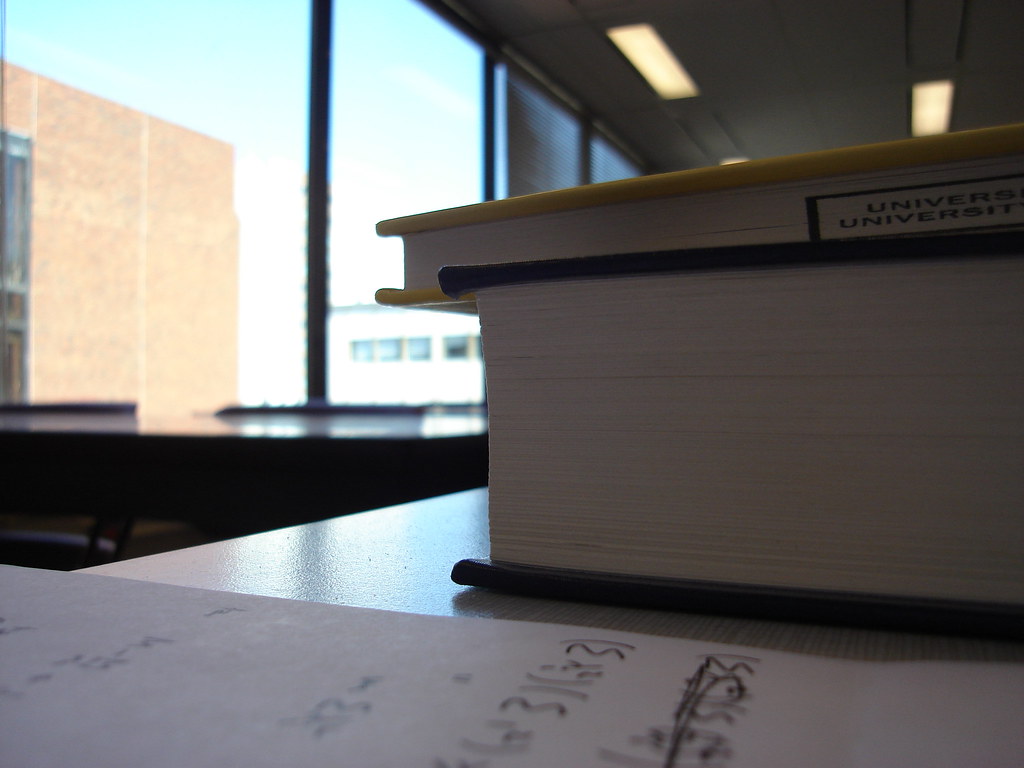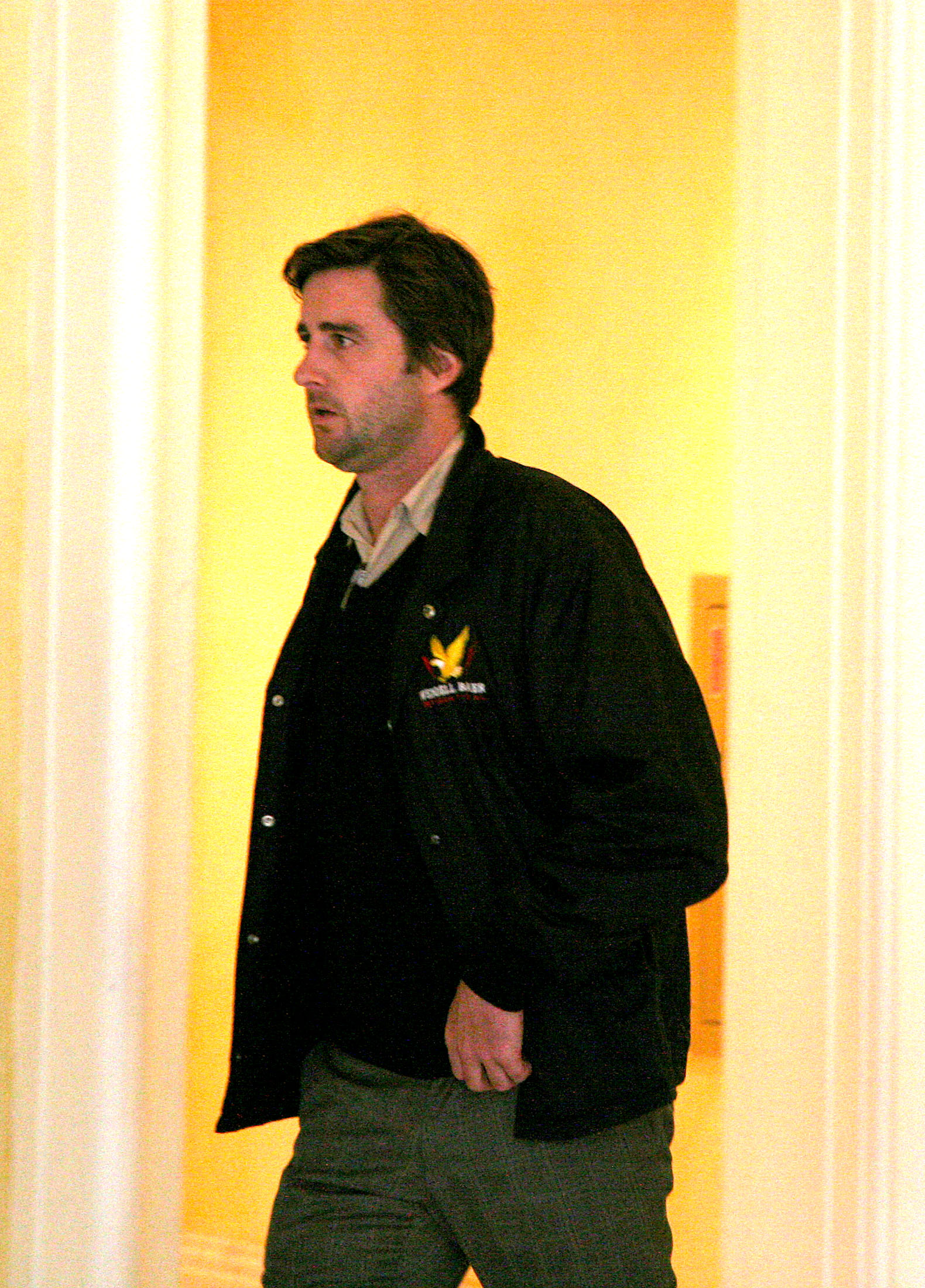
Andrew “Andy” Huse, a distinguished historian, author, and special collections librarian at the University of South Florida (USF), passed away in August at the age of 52. Renowned for his meticulous research into Florida’s cultural and culinary history, Mr. Huse made an indelible mark by unraveling the disputed origins of the Cuban sandwich, a quest that defined a significant portion of his scholarly life.
His work transcended mere academic inquiry; it was a passionate exploration of how food serves as an essential ingredient in culture. Through his bestselling books and extensive archival research, Mr. Huse illuminated the intricate layers of Florida’s past, from the bustling kitchens of historic restaurants to the hidden stories behind beloved regional dishes. Friends and colleagues uniformly remembered him for an irrepressible enthusiasm for his subjects, often bordering on obsession, which propelled his comprehensive and authoritative studies.
The unexpected loss of Mr. Huse has prompted a wave of tributes from the academic and cultural communities across Florida, recognizing his profound impact. He leaves behind a legacy of rigorous scholarship, a deep love for Tampa, and an unwavering commitment to preserving and interpreting the vibrant food history that made the region unique. This article delves into the primary aspects of his remarkable career, beginning with his seminal work on the Cuban sandwich and his broader contributions to understanding Florida’s rich historical tapestry.
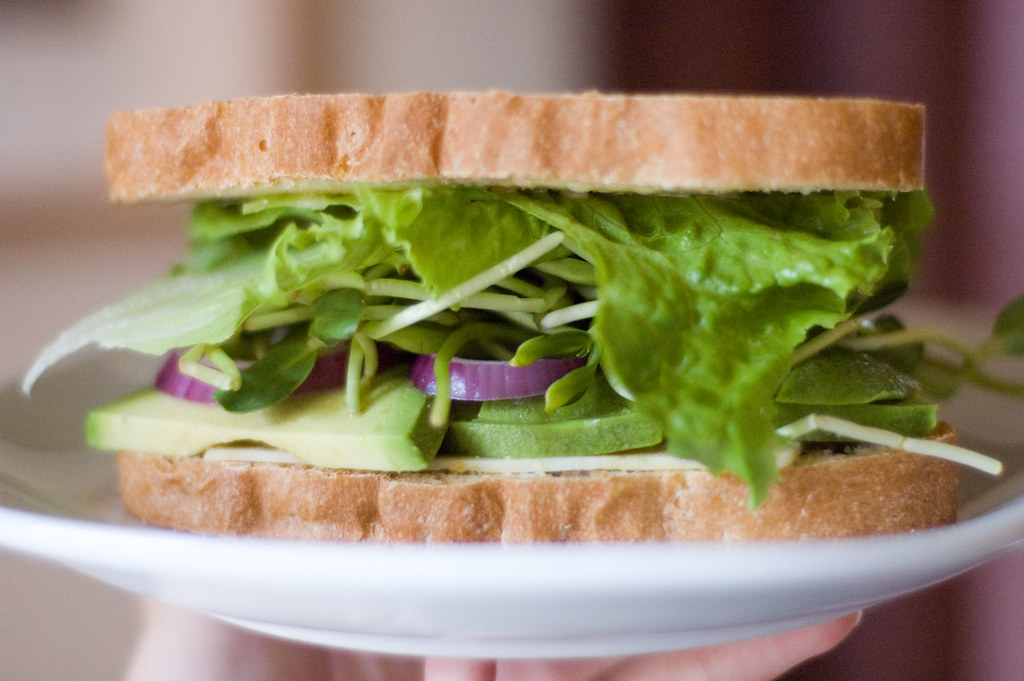
1. Andrew Huse: The Culinary Historian Who Unraveled the Cuban Sandwich’s Origins
Andrew Huse cultivated a voracious appetite for telling stories about food as an essential ingredient in culture, a pursuit that famously led him on a quest to unravel the disputed origins of the Cuban sandwich. His work in this area did not merely involve cataloging facts; it was a deep dive into the cultural narratives and historical records that shaped one of Florida’s most iconic dishes. He became widely known for his research, drawing national attention and establishing him as an authority on the topic.
Mr. Huse’s investigation into the Cuban sandwich was driven by a scholarly rigor aimed at moving beyond anecdotal accounts. As more and more food writers sought his opinion on the true birthplace of the sandwich, he embarked on what became a definitive culinary investigation. His goal was always to “go deeper and explore the written record,” rather than relying solely on oral traditions or passionate assertions about what grandfathers might have said.
This scholarly approach distinguished his work, providing a credible and authoritative account of the sandwich’s history. His commitment to historical accuracy, coupled with his deep personal interest in the subject, made him the perfect referee in the spirited dispute over the sandwich’s origins between Tampa and Miami. His findings provided clarity and nuance to a long-standing debate, firmly establishing him as a preeminent voice in the field of food history.
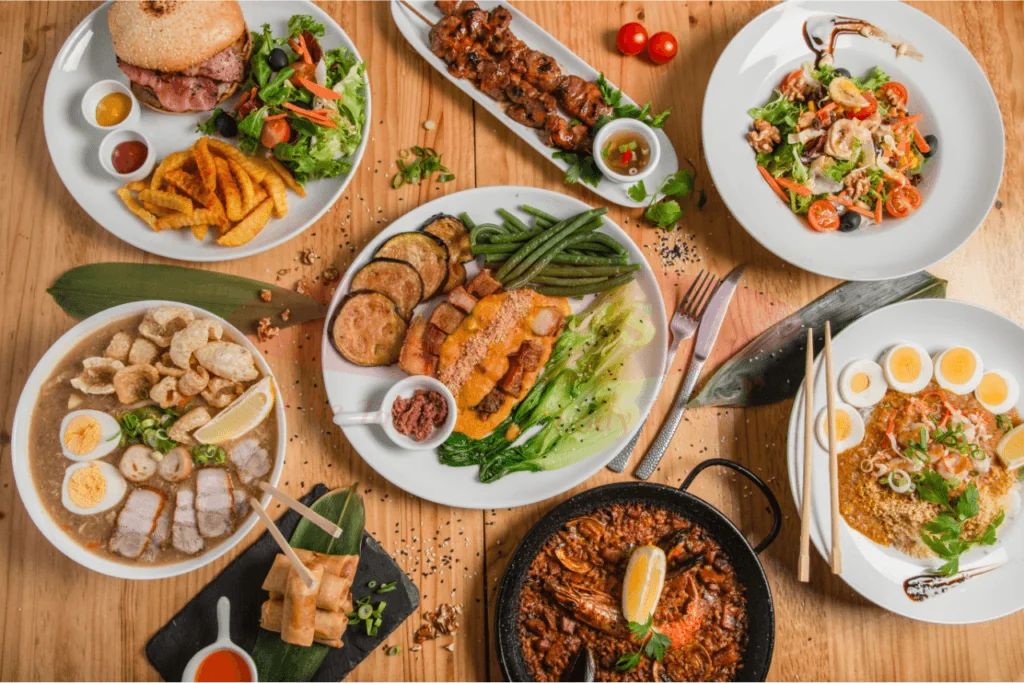
2. A Bestselling Author and Scholar of Florida’s Rich Culture
Beyond his work on the Cuban sandwich, Andrew Huse was a prolific and bestselling author who made significant contributions to the documentation of Florida’s cuisine and culture. His bibliography includes several highly regarded books that delve into various facets of the state’s historical and culinary landscape. These works not only provided detailed historical accounts but also offered insights into the societal significance of food and dining in Florida.
Mr. Huse’s published works earned him national recognition, solidifying his reputation as a leading scholar of Florida’s cultural history. His ability to weave compelling narratives from archival material made his academic research accessible and engaging to a broad audience. This blend of scholarly depth and narrative storytelling aligns with the highest standards of historical writing, making his books enduring resources for those interested in the region.
His commitment to uncovering and sharing Florida’s unique stories extended beyond the culinary realm, exploring social mores, the emergence of organized crime, and the ways civil rights activists utilized restaurants as backdrops for protests. This comprehensive approach underscored his belief in the library as an active, dynamic generator of unique content, not merely a passive repository for published material. Such breadth of inquiry highlighted his holistic view of history, where food and culture are inextricably linked to broader societal developments.

3. His Groundbreaking Work: “The Cuban Sandwich: A History in Layers
The capstone of Mr. Huse’s culinary investigations was his book, “The Cuban Sandwich: A History in Layers,” co-written with Dr. Bárbara Cruz and Jeff Houck. Published in 2022, this work became his most well-known and widely consulted, establishing itself as a definitive text on the subject. The book’s title itself, “A History in Layers,” subtly references both the physical composition of the sandwich and the deep, complex history it embodies.
The book undertakes a comprehensive examination of the global forces that shaped the Cuban sandwich in the late 19th century, meticulously tracing its emergence in both Tampa and Miami. It detailed how the layers of ingredients — ham, pork, Swiss cheese, mustard, and pickle slices — arrived on the island via new global trade routes from Europe and the United States. Advances in refrigeration technology, which allowed meat to be stored for extended periods, were also critical to its development.
Crucially, “The Cuban Sandwich: A History in Layers” brought to light how cigar workers were instrumental in bringing the sandwich to Tampa in the late 19th century. It also noted that while a similar sandwich was consumed in the Miami area in the early 1900s, it only became a city staple in the 1950s, following a wave of immigrants after the Cuban revolution. This detailed chronology offered an authoritative account that clarified many previously held assumptions.
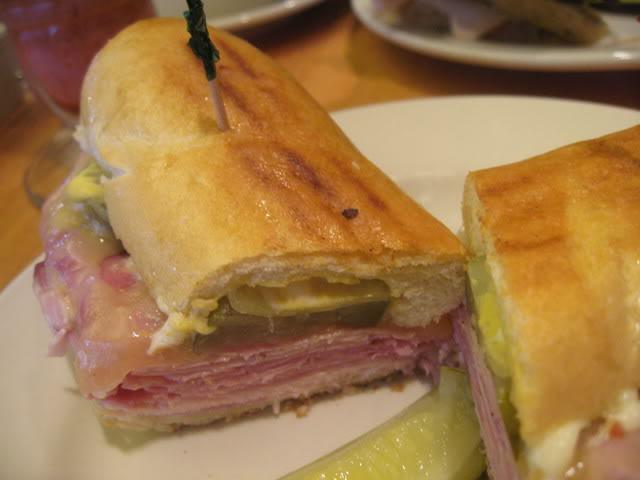
4. Dispelling the Myth: Tracing the Cuban Sandwich to Havana
One of Andrew Huse’s most significant contributions was his ability to challenge and ultimately dispel prevailing myths surrounding the Cuban sandwich’s origins. Prior to his extensive research, a common, nostalgic idea held that the sandwich was created in Ybor City through a collaborative effort of various ethnic groups—Italians, Cubans, and Spaniards—each contributing an ingredient. Mr. Huse approached this theory with a critical eye, finding it “fishy.”
He candidly expressed his skepticism about this romanticized view, stating, “This idea that in 1910, 1920, these different groups are all really chummy, and they’re like, throwing ingredients onto each other’s sandwiches — no, I don’t think so.” This direct challenge to a popular narrative underscored his commitment to evidence-based historical inquiry, pushing past sentimentality to uncover factual truths. His rigorous methodology involved scouring 150 years of restaurant menus, newspaper articles, and advertisements.
Through his exhaustive investigation, which also included interviewing Cubans in Miami and Tampa, Mr. Huse ultimately traced the sandwich’s origins to a rather obvious, yet previously underexplored, place: Havana, Cuba. He stated definitively, “I can tell you it came from Havana — invented by Cubans, for Cubans — and the rest of the world discovered it and fell in love with it.” This finding not only corrected a widely held misconception but also reinforced the sandwich’s authentic cultural heritage.
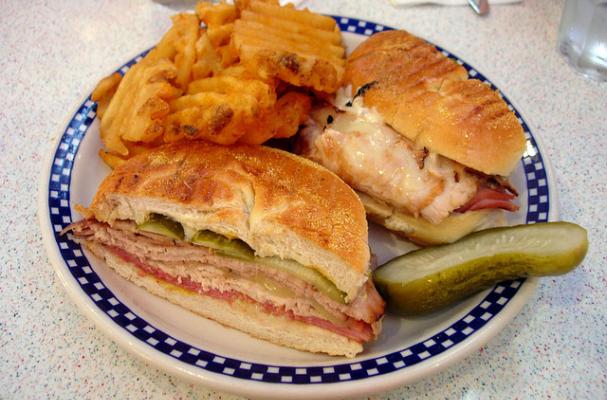
5. The Persistent Dispute: Tampa vs. Miami Cuban Sandwich Variations
While Andrew Huse definitively traced the Cuban sandwich to Havana, he also immersed himself in the persistent, spirited dispute between Tampa and Miami regarding their distinct variations of the beloved sandwich. This rivalry, deeply ingrained in the culinary identities of both cities, provided a rich subject for his detailed historical analysis. Mr. Huse became the ideal referee, approaching the debate with an objective yet deeply informed perspective.
Miami, with the country’s largest population of Cuban immigrants, traditionally made its sandwich with ham, pork, Swiss cheese, mustard, and pickle slices, pressed between slices of chewy Cuban bread. In contrast, Tampa, boasting a sizable Cuban diaspora of its own, prepared its version pressed on crustier bread and controversially included slices of salami – an addition that often drew “Miami’s collective disgust.” Mr. Huse meticulously documented these differences, recognizing their significance to local culture.
Despite his deep dive into the historical nuances of each variation, Mr. Huse found the ongoing dispute somewhat exhausting. He advocated for a broader appreciation, asking, “Can’t we both have the Cuban sandwich and be proud of it?” He further posited, “Why does there always have to be a ‘one’? Both communities have been brightened by the sandwich.” This perspective highlighted his wisdom and his desire for culinary unity over divisive regional pride, while still appreciating the unique characteristics of each city’s tradition.
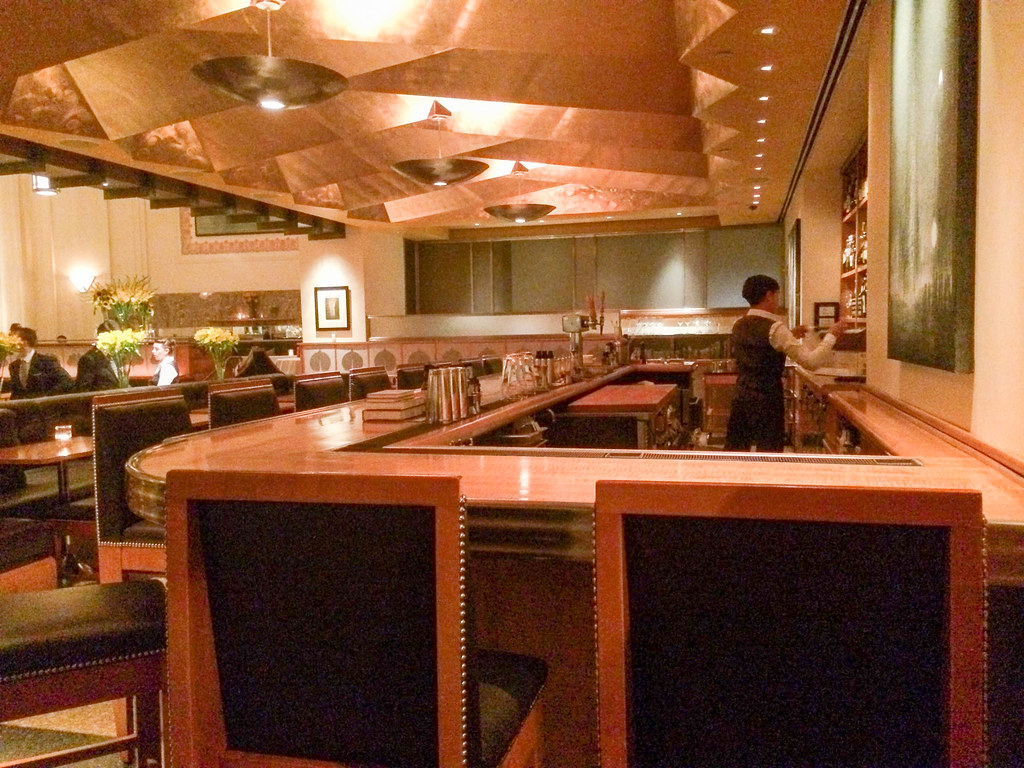
6. A Dedication to Florida’s Oldest Eatery: “The Columbia Restaurant”
Andrew Huse’s scholarly pursuits extended to other Florida culinary institutions, notably resulting in his first book, “The Columbia Restaurant: Celebrating a Century of History, Culture, and Cuisine,” published in 2009. This book served as a testament to Florida’s oldest continuously operating eatery, which first opened its doors in 1905 and remains in business today. The work provided a comprehensive historical account of the restaurant’s journey through a century of significant events.
His research unveiled the Columbia Restaurant as more than just a place to eat; it was a vital gathering place for Cuban, Spanish, and Italian immigrants, particularly during challenging periods such as Prohibition and the Great Depression. The restaurant served as a cultural anchor, reflecting the changing social dynamics and immigrant experiences within Tampa. Mr. Huse’s book meticulously documented how this establishment became a crucible for diverse communities, fostering a sense of shared heritage.
The significance of “The Columbia Restaurant” was recognized far beyond academic circles, becoming one of the University Press of Florida’s top 10 all-time bestsellers. This achievement underscored Mr. Huse’s ability to blend rigorous historical research with compelling storytelling, appealing to both scholars and a general readership. His work ensured that the rich history of this iconic Florida landmark would be preserved and celebrated for future generations.
7. Mapping Tampa’s Social Fabric: “From Saloons to Steak Houses”
In 2020, Andrew Huse further expanded his exploration of Tampa’s cultural and culinary landscape with his book, “From Saloons to Steak Houses: A History of Tampa.” This work offered a fascinating journey through the city’s eating and drinking establishments, using them as lenses through which to examine broader societal changes. The book, reissued in paperback in 2024, provided an in-depth look at how these venues shaped and reflected Tampa’s identity.
The book delved into various aspects of the city’s social mores, tracing the evolution of its public spaces from early saloons to modern steakhouses. Mr. Huse meticulously documented the emergence of organized crime within these settings, revealing the hidden histories that unfolded behind the city’s facades. His detailed research offered readers a unique perspective on Tampa’s underworld and its intertwining with everyday life.
Moreover, “From Saloons to Steak Houses” explored the role of restaurants as backdrops for civil rights protests, illustrating how these seemingly ordinary places became sites of significant social and political struggle. This approach showcased Mr. Huse’s keen eye for connecting the local and the everyday with larger historical movements, cementing his reputation as a historian capable of providing thorough analysis and comprehensive coverage of complex topics.”
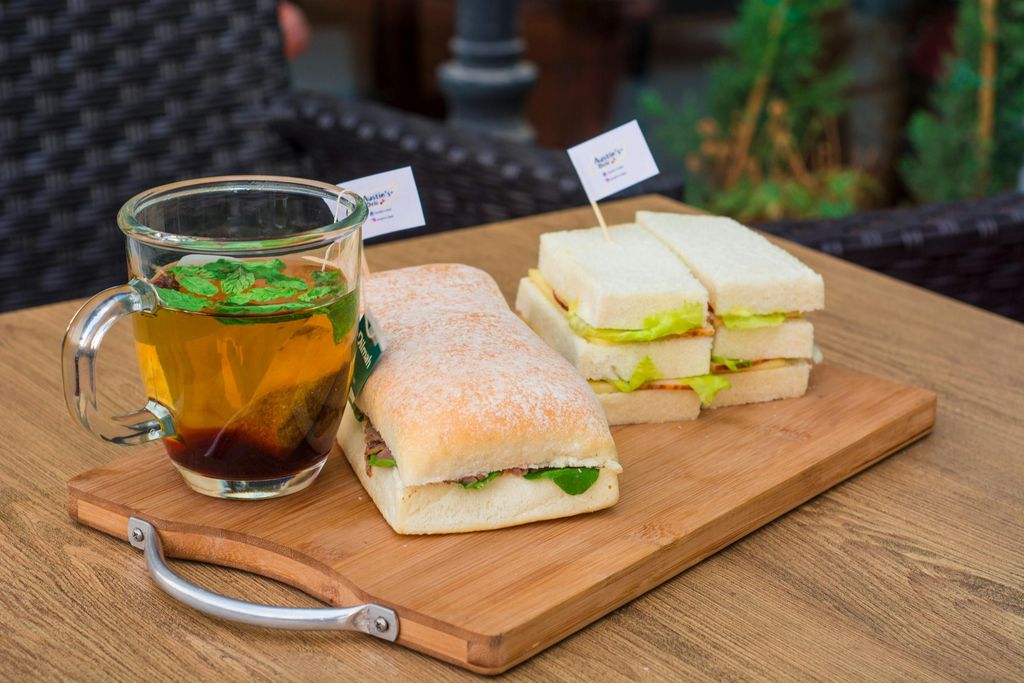
8. Andrew Huse’s Deep Personal Connection to Food and History
Beyond the meticulous research and scholarly publications, Andrew Huse’s engagement with Florida’s culinary past was profoundly personal, intertwined with his everyday life and the relationships he nurtured. He possessed a voracious appetite not only for telling stories about food as a cultural ingredient but also for experiencing it firsthand. His friends and colleagues often spoke of his irrepressible enthusiasm, an obsession that manifested in grand culinary gestures and an unyielding quest for authenticity.
Mr. Huse was known for preparing multi-course feasts for loved ones, singing loudly at dinner parties, and ensuring every guest participated in the kitchen. With his close friend Theresa Collington, he would plan elaborate menus, often testing Old Florida recipes that corresponded with his ongoing research. These weekly dinners became a testament to his belief that food was a dynamic, living part of history, best understood through shared experience and hands-on creation. He would bring his acoustic guitar, assigning parts “like it was music class,” transforming meals into vibrant, communal events.
His personal dedication to the subject of his studies extended to the smallest details, such as torching ham in his backyard to perfect Cuban sandwiches or celebrating birthdays with epic, flaming desserts. He maintained a “go big or go home” philosophy in his approach to life and culinary endeavors, which permeated his friendships and left an indelible mark on those around him. This deep, lived connection to the food he chronicled allowed him to convey an authenticity and passion that resonated through all his work.
Furthermore, Mr. Huse harbored a persistent, almost spiritual, hunt for the “perfect Cuban sandwich,” frequently popping into various hole-in-the-wall bakeries and delis across Florida. His dedication to the dish extended to an “originalist” stance, where he would express dismay at poorly executed versions, such as those made on sesame seed buns or, unforgivably, unpressed. This commitment underscored his profound respect for the cultural integrity of food, viewing it not just as sustenance but as a sacred artifact of heritage.
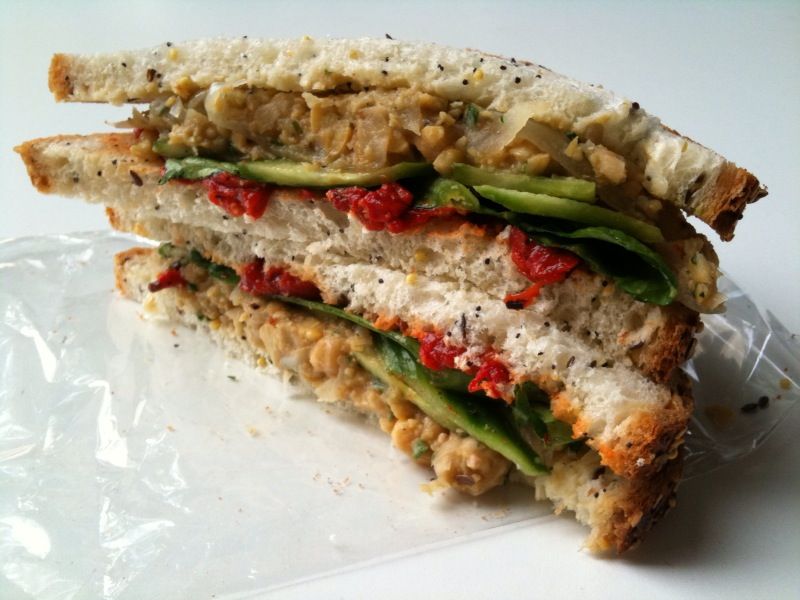
9. His Unique Method of Archival Investigation and Content Generation
Andrew Huse’s scholarly output was deeply rooted in a distinctive research methodology, centered on his role as an archivist and librarian at the University of South Florida. He approached the library not merely as a passive repository of published materials but rather as “an active, dynamic generator of unique content.” This philosophy guided his tireless efforts to delve into the institution’s extensive holdings of historical materials, systematically searching for menus, recipes, and other culinary artifacts that could illuminate the region’s intricate history and culture.
His colleagues, including social historian Gary Mormino, frequently lauded his “prodigious research” capabilities. Mr. Huse possessed an “undefeatable” curiosity, compelling him to meticulously scour countless old newspapers, advertisements, and restaurant menus spanning 150 years. This exhaustive process was critical in his groundbreaking work on the Cuban sandwich, allowing him to bypass anecdotal accounts and unearth factual truths rooted in the written record. He sought to “go deeper and explore the written record,” moving beyond nostalgic assumptions to establish authoritative historical narratives.
In his capacity overseeing the Florida Studies and University Archives collections at USF Libraries, Mr. Huse was instrumental in gathering oral histories. These firsthand accounts complemented his archival discoveries, weaving together a comprehensive tapestry of local history. He also played a pivotal role in establishing the Florida Environment and Natural History Collection, further demonstrating his commitment to broadening the scope and accessibility of historical documentation. His work exemplified how a dedicated archivist could transform stored information into vibrant, accessible scholarship.
For Mr. Huse, the exploration of history was akin to an investigative pursuit. He and his friend Jeff Houck often described their archival delving as “getting history drunk,” an exhilarating process of unearthing fascinating, often obscure, details. Their delight in vintage food advertisements and culinary oddities, such as a bullfrog ranch or a rattlesnake cannery in Tampa, underscored his unique ability to find profound historical insights in unexpected places. This methodology allowed him to reveal the intricate connections between local dining habits and broader societal developments, transforming the understanding of Florida’s cultural narrative.
Read more about: Margaret W. Rossiter: Unearthing the Invisible Legacies of Women Scientists and Reshaping Science History

10. A Mentor and Leader in Florida Studies
Andrew Huse’s impact extended significantly beyond his individual research and publications, encompassing his long and dedicated service within the academic community at the University of South Florida. Joining USF 27 years prior to his passing, he pursued a rigorous academic path, double-majoring in history and English before earning master’s degrees in both history and library and information science. This robust educational foundation provided him with the interdisciplinary perspective necessary to bridge the realms of historical scholarship and archival practice effectively.
His tenure at USF was marked by his crucial role in overseeing the Florida Studies and University Archives collections, a position through which he facilitated the preservation and interpretation of the state’s historical record. Under his leadership, these collections became vital resources for scholars and the public alike. He actively engaged in collecting oral histories, recognizing their irreplaceable value in capturing nuanced perspectives that might not be found in written documents.
Professor Gary Mormino, who transitioned from Huse’s professor to a trusted friend and mentor, highlighted Huse’s pioneering spirit in the emerging field of food history during the 1990s. Mormino often described Huse as “a prodigious researcher” and “your best hope” for unearthing obscure sources buried within the library’s archives. This mentorship not only shaped Huse’s own career but also underscored his deep connection to and influence within the academic community.
Furthermore, Mr. Huse demonstrated a profound commitment to scholarly dissemination by leading the charge to resume publication of “Tampa Bay History,” a journal dedicated to showcasing the work of faculty, graduate students, and other Florida history scholars. This initiative served as a testament to his leadership in fostering academic discourse and ensuring that new research on Florida’s rich past could reach a wider audience. His efforts were pivotal in keeping the journal vibrant and relevant, reflecting his belief in the active role of the university in generating and sharing knowledge.
Read more about: Claude Jarman Jr.: A Life Beyond the Limelight – From Child Star to Cultural Luminary at 90

11. The Culinary Explorer and Enthusiast with Jeff Houck
Andrew Huse’s passion for uncovering historical culinary narratives found a dynamic outlet through his close collaboration and friendship with Jeff Houck, the vice president of marketing for the company that owns the Columbia Restaurant. Their partnership blossomed into a unique form of culinary exploration, often drawing parallels to the globe-trotting adventures of celebrity chefs like Anthony Bourdain and Andrew Zimmern, but with a distinctly local and archival focus within Tampa.
Houck vividly recalled their shared delight in vintage food advertisements and the fascinating array of “culinary oddities” they unearthed in the archives. From records of a bullfrog ranch on Florida Avenue to a rattlesnake cannery in Tampa, these discoveries were not merely curiosities; they were windows into the evolving economic and social history of the region. Their investigative journeys often left them feeling “history drunk,” an expression that perfectly captured the exhilaration of their joint scholarly pursuits.
The bond between Huse and Houck was strengthened by their shared intellectual curiosity and their ability to ignite excitement in each other over historical finds. Houck noted, “It’s like he and I were investigators, and we would go find something that really lit each other up.” This collaborative spirit transcended typical academic partnerships, evolving into a friendship where “some guys talk about sports. We’d talk about food,” illustrating the depth of their shared passion. Their work together, particularly on “The Cuban Sandwich: A History in Layers,” was a testament to this powerful synergy.
Even after Huse’s passing, Houck found a profound way to honor his friend’s legacy through a shared culinary experience. Recalling Huse’s frequent references to a Cuban soup called ajiaco as a metaphor for the Cuban sandwich – “with a lot of disparate ingredients that all come together and make this wonderful thing” – Houck undertook the challenge of preparing the complex dish. He recognized the soup as a fitting tribute: “It’s long and it’s detailed, and it takes a ton of hard work to make, and the end result is something you wouldn’t expect… of course he loved ajiaco. And it made me feel closer to him.” This act perfectly encapsulated the enduring spirit of their culinary and historical partnership.

12. His Final Literary Undertaking: The Tampa Theatre Book
In the final period of his life, Andrew Huse remained deeply engaged in his historical research and writing, culminating in the completion of another significant literary project. Shortly before his death, he finished a book on the history of the Tampa Theatre, a venerable movie palace approaching its centennial anniversary. This work represented a continuation of his unwavering commitment to documenting the cultural landmarks and evolving social fabric of Tampa.
The Tampa Theatre, an architectural gem and a cultural anchor for the city, provided fertile ground for Mr. Huse’s meticulous historical inquiry. His exploration of its century-long journey undoubtedly uncovered layers of social history, reflecting the changing tastes and societal norms of Tampa’s residents. This project showcased his ability to delve into diverse subjects within Florida’s heritage, extending his scholarly focus beyond culinary traditions to encompass broader cultural institutions.
This forthcoming publication, which Gary Mormino reportedly helped edit, stands as a poignant reminder of Mr. Huse’s dedication to scholarship right up to the end. It symbolizes his enduring fascination with the hidden stories embedded within the city’s iconic structures and his desire to bring these narratives to light for public appreciation. The book is anticipated to serve as a fitting tribute to both the Tampa Theatre and to Huse’s own legacy as a prolific historian.

13. The Unforeseen Challenges and Departure from USF
Despite his profound contributions and long tenure at the University of South Florida, Andrew Huse faced unexpected personal and professional challenges in the months leading up to his death. In an announcement that reportedly shocked many USF staffers, Mr. Huse was informed on August 12, 2025, that his contract with the university would not be renewed. A letter from the libraries dean, Todd Chavez, cited only that “it is no longer in the University’s best interest to continue your appointment.”
The decision prompted widespread speculation among USF employees, particularly given Mr. Huse’s prominence as one of the institution’s most recognized faces. One unnamed library staffer suggested that Mr. Huse might have struggled to adapt to new technologies and procedures, though this remained unconfirmed rumor. The university’s offer for him to work remotely for another year, until his contract expired in 2026, notably excluded access to employees-only parts of the campus, suggesting a clear separation.
Eight days after receiving this notification, Mr. Huse formally resigned from USF with a concise, one-sentence email, opting to leave rather than continue under the revised terms. His mother, Carol Elwood, indicated that he had expressed excitement about the prospect of starting a new job in the history field. This period of professional transition, however, concealed a deeper personal struggle.
Tragically, Andrew Huse died by suicide on August 20, 2025, at his home in Tampa. His mother honored his final request by posting a statement on his Facebook page, revealing the underlying battle: “Andy suffered from depression and took his own life. He wishes love and happiness for all.” This heartbreaking disclosure shed light on the immense personal challenges Mr. Huse had been facing, adding a layer of profound sadness to the loss of a celebrated historian.
Read more about: South Korea’s Master Class: Navigating the Complexities of a Second Donald Trump Administration
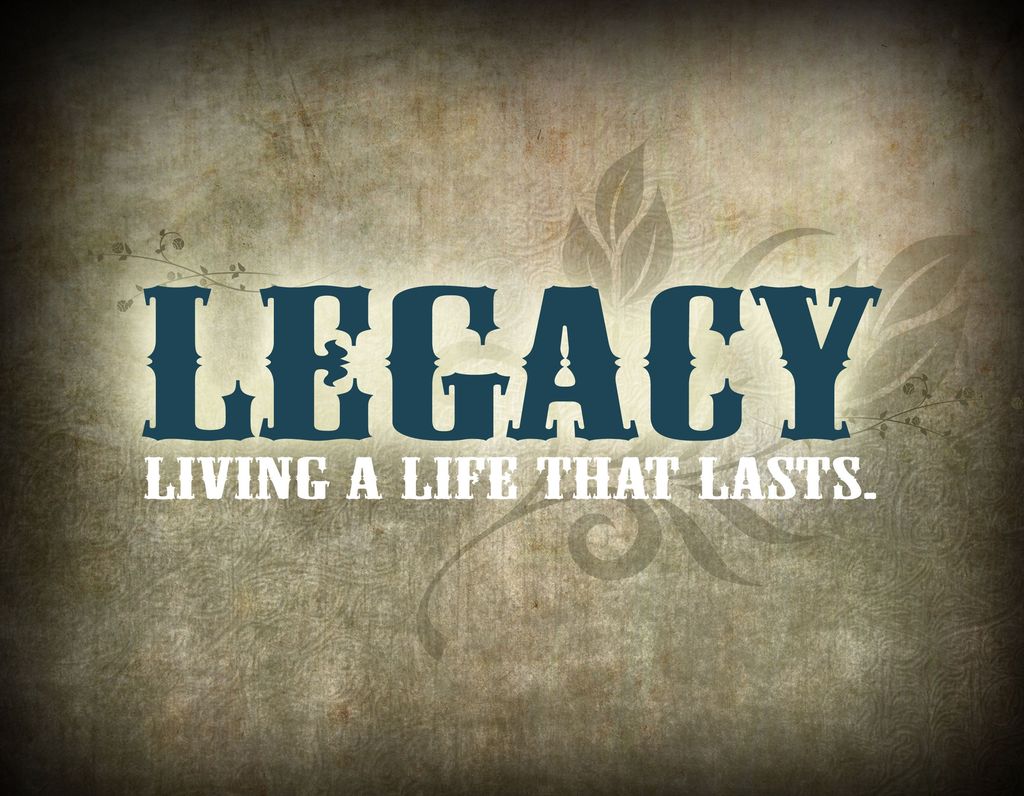
14. A Lasting Legacy: Scholarship, Friendship, and Community Remembrance
The passing of Andrew Huse has left an “incalculable loss” within the academic and cultural communities of Florida, yet his legacy of rigorous scholarship, unwavering passion, and deep love for Tampa endures. His work established him as a preeminent voice in food history, transforming anecdotal accounts into authoritative narratives and offering comprehensive insights into Florida’s rich past. The “blend of scholarly depth and narrative storytelling” in his books ensures they remain vital resources for future generations, preserving the unique stories of the region.
Friends and colleagues, who affectionately remembered him as someone “invincible in their historical curiosity,” have rallied to honor his memory. His collaborator Jeff Houck, profoundly affected by the loss, chose to celebrate Huse’s spirit by preparing ajiaco, a complex Cuban soup that Huse had once likened to the Cuban sandwich — a coming together of disparate ingredients to create something wonderful. This act of culinary remembrance speaks volumes about the personal connections Huse forged and the lasting impact of his shared passions.
Public tributes have been organized to celebrate Mr. Huse’s life and legacy, demonstrating the widespread respect and affection he garnered. A gathering was scheduled for September 12 at the Commodore Comedy Club in Ybor City, and a public celebration of life was planned for September 14 at the Columbia Restaurant, a place central to his seminal research. These events provided spaces for the community to mourn, reflect, and share memories of a historian who “did not live life lightly.”
Ultimately, Andrew Huse’s contributions transcended mere academic pursuits; they were an act of love for his city and its vibrant culture. He left behind a body of work that not only documented but also animated Florida’s history, ensuring that its culinary traditions and cultural narratives would be understood, cherished, and continued for years to come. His dedication to uncovering the past, paired with his generous spirit, cemented his place as an indispensable figure in Florida’s intellectual and cultural landscape.
Andrew Huse’s story is a profound reminder that history is not a static collection of facts but a vibrant, unfolding narrative, deeply connected to the human experience. His unwavering commitment to unraveling the layers of Florida’s past, particularly its culinary traditions, was more than academic; it was a deeply personal journey of discovery and connection. As we reflect on his remarkable contributions and mourn his untimely departure, the enduring impact of his scholarship, his infectious enthusiasm, and his genuine love for Tampa will undoubtedly continue to inspire future generations to look closer, taste deeper, and cherish the rich, intricate tapestry of their own cultural heritage.

